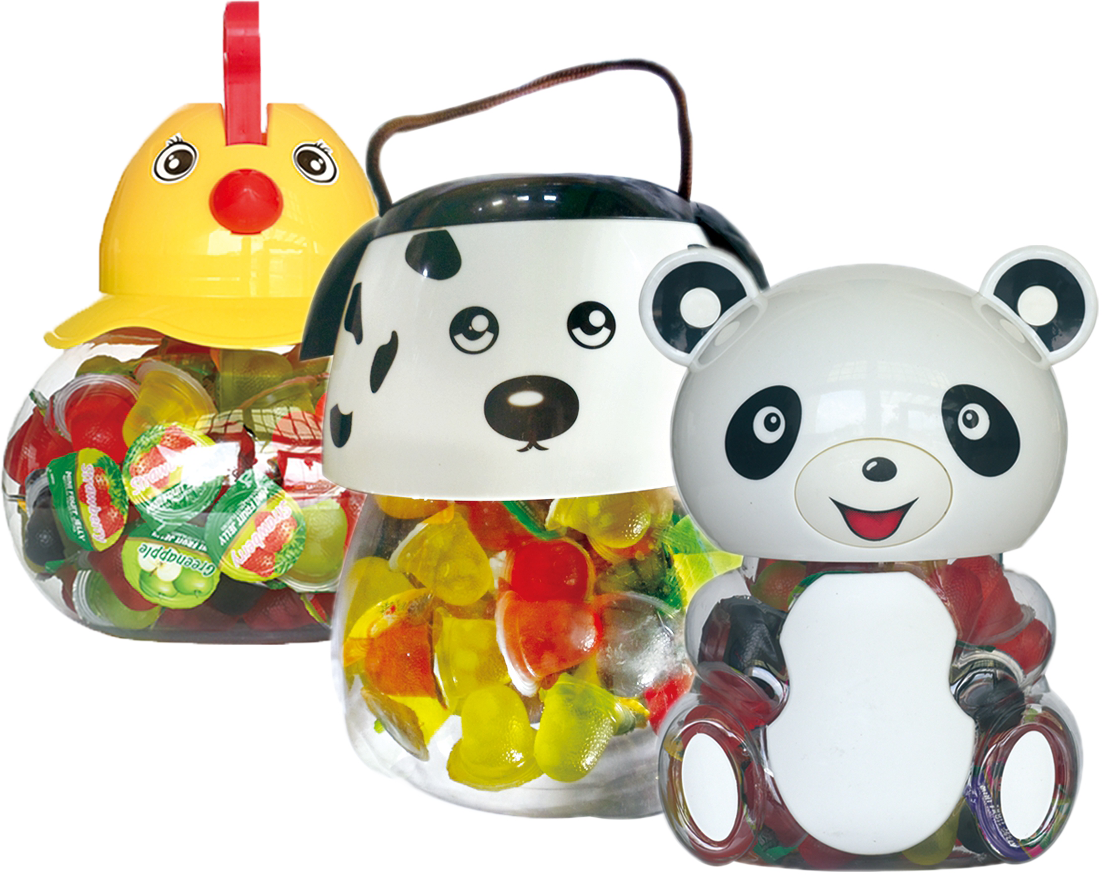When you first open a cup or a jar of fruit jelly, what do you see inside? First, you notice its aroma: a sweet, fresh waft of fresh raspberries, oranges, plums, or the fruit it is made of. Next, you notice the translucency and color of the fruit jelly: brilliant gold, red, or deep indigo. Lastly, your eyes get the delight of pleasing gel that is mixed with luscious fruit pieces. And finally, the sweet jelly flavor melts on your tongue. Such small cup packaging can arouse four of your senses. However, most of us are not aware of the mesmerizing history of how these fruit jellies, especially Chinese fruit jelly, came into being.
JOJOSE FOODS, a renowned Chinese fruit jelly manufacturer in China, tells the amazing history of Chinese fruity juicy delights in this blog.
- The tradition of fruit preservation in Asian countries
Most Asian countries are located in tropical, subtropical, and temperate zones. In such regions, including major countries like India, China, and Persia, agriculture dates back thousands of years, while fruits are a great part of the tradition, representing a major source of food and nutrition. Fruits are subject to the vagaries of climate and other environmental influences; thus, the practice of fruit preservation began in ancient times in China and other Asian countries.
Since Asian times, fruit preservation has happened in many ways: drying, concentration, freezing, fermentation, and chemical preservation using various ingredients like vinegar, wine, sugars, honey, herbs, and spices. However, as technology grew, some of the traditional methods were developed for commercial production. One of the products that successfully transformed into commercial production is Fruit Jelly Snacks.
- Persian Contribution to Chinese Jelly
How long ago did humans think of mixing up fruit with little honey to discover that it not only tasted better but resisted spoilage? The first fruit preserves were created to resist spoilage, but later, people began to seek out the concentrated flavors of these long-lasting foods for their own taste buds.
Apicius, or De re coquinaria, a collection of culinary writings, describes how the Romans knew to preserve quinces by packing them in a sealed pot with honey and thick grape syrup they called defrutum. Honey was commonly used for such tasks as it was known for its antibacterial and antifungal properties and was available to both the rich and the poor alike. Later, however, cooks discover that honey takes a seat back to sugar, as sugar provides a more transparent look, bright color, and pleasing jam that we now call jam or Fruit Shaped Jelly.
If one nation might be suggested as an inventor of jam and marmalade, Sasanian Persia, cultivating sugar by the 6th century AD, makes a good candidate. Sassian Parsia had the most classic jam fruits at their disposal very early on. Persian jam, however, differs from the Western idea of jam as it contains solid fruit pieces in syrup rather than sem-dissolved fruit in a gel.
In China, the presence of Arab and Persian residents had already created an increased demand for sugar in the 8th century, and by the late Song dynasty (the twelfth and thirteenth centuries), all sorts of candied fruits and fruits in sugar syrups were extremely popular. They were sold by vendors at the night market in Hangzhou and Kaifeng, served at tea houses, and stored in fancy porcelain jars to be given as gifts by the wealthy. Even today, street vendors in China offer candied fruits.
- Ming Dynasty (1368–1644 AD) and Qing Dynasty (1644–1912 AD): Refinement and Regional Variations
During the Ming and Qing Dynasties, jams and jellies continued to occur. New techniques were made for intricate designs and moldings. Additionally, regional variations developed, incorporating local fruits and flavors specific to different parts of China. For example, southern China might favor jellies using tropical fruits like mangoes and lychee, while northern regions might focus on berries and stone fruits.
- The 20th Century and Beyond: Modernization and Mass Production
The 20th century ushered in a new era for Chinese fruit jelly. With advancements in technology and food processing, mass production of jellies became possible. This led to wider availability and affordability, making these sweet treats accessible to a broader audience. Today, Chinese fruit jellies come in a vast array of flavors, colors, and textures, catering to diverse preferences. Pre-packaged jellies are readily available in convenience stores and supermarkets across China, while fresh, artisanal jellies remain popular in traditional markets.
- Chinese Fruit Jelly
Chinese fruit jelly’s enduring popularity can be attributed to several factors. The refreshing texture, the vibrant flavors, and the beautiful presentation all contribute to its appeal.
The association with tradition and cultural significance further strengthens its place in Chinese hearts. Fruit jellies are part of the daily diet in China, as they are eaten during or after the meal. Whether enjoyed as a quick snack, a delightful dessert, or a gift for a special occasion, Chinese fruit jelly continues to be a beloved part of Chinese culinary culture. There are a variety of Chinese fruit jelly that you can try, from Aiyu jelly to grass jelly. There are different varieties to try.
JOJOSE FOODS: Manufacturing Chinese Fruit Jelly for the World
JOJOSE FOODS is a leading fruit jelly manufacturer in China that manufactures fruit jelly throughout China and beyond. JOJOSE FOODS provides OEM and ODM services in more than 100 countries and is looking for distributors all over the world.
JOJOSE FOODS is known for its safety standards, which are intact and certified with HACCP, ISO, and HALAL. They maintain the highest hygiene standards while manufacturing fruit jellies and their varieties such as Mini Fruit Jelly Cups. They provide free samples with a volume of 40 to 180 grams and a 12-month lifeshell, with a T/T payment term.
Conclusion
Chinese fruit jelly, rooted in ancient preservation techniques and enriched by Persian influence, has evolved into a modern delight cherished across China and beyond. From Ming and Qing refinement to today’s mass production, its vibrant flavors and cultural significance continue to captivate, ensuring its enduring place in culinary culture.




